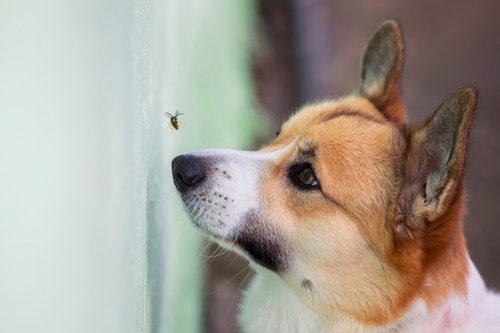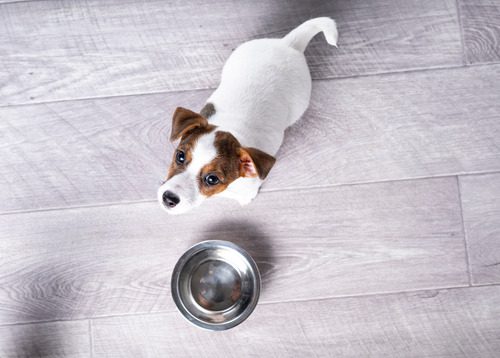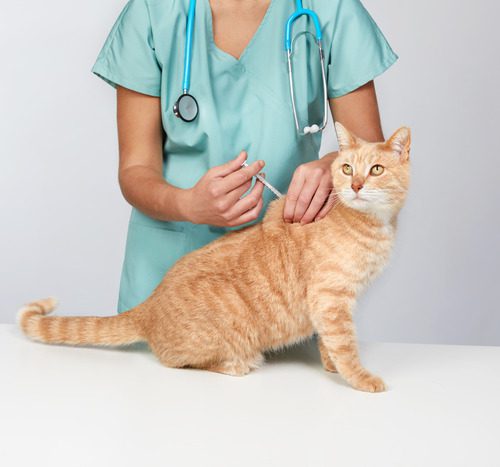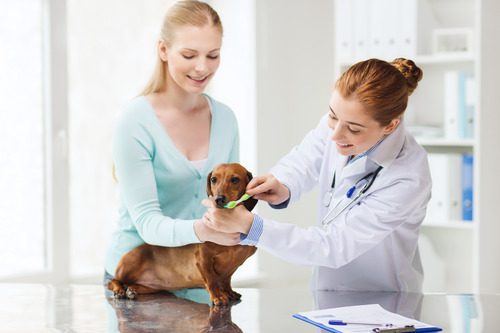Discovering why chocolate is dangerous for dogs and learning steps to keep them safe is essential for every pet owner. At South Loop Animal Hospital in Chicago, IL, we’re dedicated to educating our community on pet health and safety. This blog will explore the reasons behind chocolate’s toxicity to dogs, what to do if your pet ingests chocolate, and how to prevent such incidents. For personalized advice or in case of an emergency, call us at (312) 753-5551 or book an appointment online.
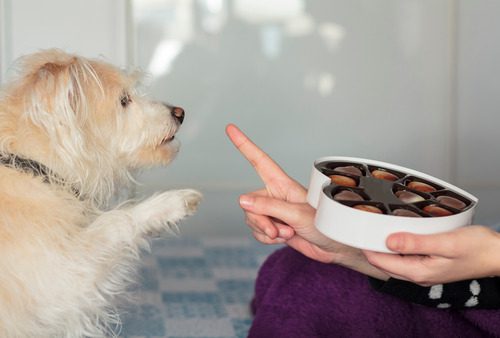
Understanding Chocolate Toxicity in Dogs
The Science Behind the Toxicity
Chocolate contains theobromine and caffeine, two stimulants that dogs cannot metabolize effectively. Even small amounts can be harmful, affecting a dog’s nervous system, heart, and kidneys. The level of toxicity varies depending on the type of chocolate, the amount ingested, and the size of the dog. Darker chocolates are particularly dangerous because they contain higher levels of theobromine.
Symptoms of Chocolate Poisoning
It’s crucial to recognize the signs of chocolate poisoning in dogs, which can include:
- Vomiting
- Diarrhea
- Rapid breathing
- Increased heart rate
- Seizures
Symptoms can occur from 6 to 12 hours after ingestion, highlighting the importance of prompt action.
What to Do If Your Dog Eats Chocolate
If you suspect your dog has eaten chocolate, it’s vital to act quickly. Note how much and what type of chocolate was consumed and contact South Loop Animal Hospital or your nearest veterinary emergency center immediately. While we strongly advise against home treatments, knowing the situation’s severity can help your vet recommend the best course of action.
The Importance of Veterinary Care
Veterinary intervention might include inducing vomiting, administering activated charcoal to prevent further absorption of theobromine, and providing supportive care such as fluids and medications to manage symptoms. Early and professional treatment is the key to a better outcome.
Preventing Chocolate Toxicity
- Keeping Chocolate Out of Reach: Prevention is always better than treatment. Keep chocolate stored in secure locations out of your dog’s reach. Educate all family members, especially children, about the dangers of feeding chocolate to pets.
- Training Your Dog: Training your dog to “leave it” or “drop it” can be lifesaving commands. Consistent training can prevent your dog from ingesting harmful items, including chocolate.
- Pet-Proofing Your Home: Regularly check your home for any food items that could be within your pet’s reach. Consider pet-proof containers for sweets and other toxic foods.
Keeping Your Pet Safe from Chocolate Hazards
At South Loop Animal Hospital, we understand that your pet’s health and safety are of utmost importance. Recognizing the dangers of chocolate to dogs, knowing the signs of toxicity, and understanding how to respond can make all the difference. Remember, prevention is key, and we’re here to help educate and support you in keeping your pet safe. If you have concerns or need immediate assistance, call us at (312) 753-5551 or book an appointment online. Let’s work together to ensure the health and happiness of your beloved pet.



